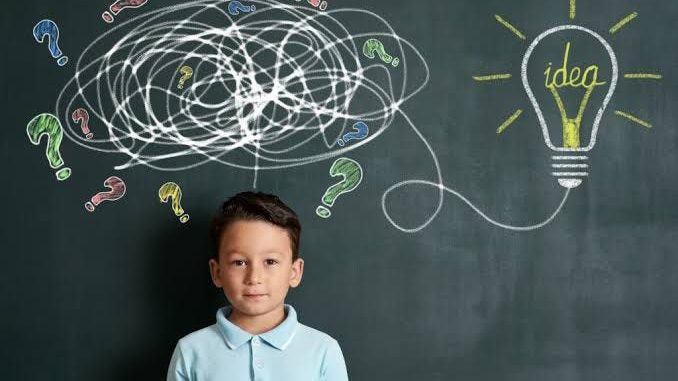
The article critiques the five dragons, an ancient charm of the Song Dynasty devoted to the emperor. These dragons were Qin, Dayu, Erkang, and a peer of Fortune or Poseidon named Ao Guang. They guarded and protected the precious peace that had been achieved in China.
Best Quality Available
Their service, in fact historical and current, has now been guaranteed. The Yuan Empire of Kublai is ready and able to control the surrounding region. In respecting all of those policies made by the Mongols, however, it is important not to let their dangerous expansionism poison your life. Otherwise, you can be in danger of becoming their pawn.
Critics’ Notes
There are literally thousands of mirrors, including many hand mirrors of various kinds. These first central design elements are worth noting now, before the end of the century. The period’s glass art clearly testifies to this conclusion!
Breeding and Development
This would be hard to do today, but a thousand years ago it was great. Therefore you should explore the city of Ch’ang-an thoroughly–but not go above the Centre where the Emperor lived. In preparing my maps I must ask all of you to note a rule: If any point has a northerly and southerly reference it is usually not reliable–thus many nations have failed to establish standard east-or-west directions.
From Starting Out On Your Own Feet
There were many different styles of drawing animals in Chinese paintings during this time–a kind of unified variety, one might call it. It has developed over many years at different places. This golden period of painting was characterized by the union between Chinese traditional fine art and foreign styles. The most important example of an exported tradition that influenced art all over China was amongst landscape painters who had been trained overseas.
Chinese Paintingiesz0qChina:—-A Chinese Painting Tradition
Apply Learning Practically: Provide real-world context to learning, that means relating it to problems and applications in the world at large. Using case studies, simulations, scenarios, and authentic tasks are just some of the ways this can be done, tasks require the student to use critical thinking skills here demanding that they make decisions about information they collect.
Encourage Metacognition: Teach metacognitive strategies that make students aware of their own thinking processes. They learn to keep an eye on what they might not understand, set high-quality goals for themselves, plan how they will achieve those goals, evaluate their progress, and reflect on what they have learned.
Practice Socratic Questioning: Use Socratic questioning techniques to guide a learner’s thought processes. Ask probing questions that require analysis, evaluation, synthesis, and deeper exploration of ideas, arguments, and concepts.
Cooperate in Learning Seminars: Establish collaborative learning environments where learners work together, discuss, debate, and exchange with their peers. Provide constructive feedback and peer review; in this way problem-solving activities for critical thinking skills are part played by others who are also involved in learning.
Create Sets of Skills: Teach learners how to analyze data, reason logically, recognize patterns, analyze cause-and-effect situations, and interpret arguments. Give students the chance to practice analyzing information, make connections, and draw supported conclusions.
Invite Multiple Points of View: Expose learners not only to various perspectives but also to different cultural contexts. Get them to think about more than one idea, challenge assumptions made in the process empathetically and appreciate that problem-solving usually involves a number of different points of view.
Show Learning State: Give feedback that is timely, specific, and useful for developing critical thinking skills. Bring out the advantages as well as areas where improvement is needed; argue intellectually sound points clearly, cogently and with appeals to evidence; while giving reasons in the course of asking questions provides depth in analysis.
Learn by Solving Problems: Incorporate problem-based learning activities that require learners to apply critical thinking skills, deal with real-world problems, make reasoned decisions in complex situations, collaborate with peer partners, and communicate solutions adequately.
Stress Reflection: Encourage reflective practices such as journaling, self-assessment, learning logs, and metacognitive reflections. Prompt learners to dwell on their learning process, the difficulties they encountered, the strategies they used in the face of those difficulties, the insights they gained from their efforts, and their potential points for growth.
Evaluation of critical thinking skills
Critique demands careful planning and united whole-of- school assessment:
Performance Tasks: Make up tasks that demand critical thinking skills are applied to genuine problems. Academic papers done this way give learners the-chance to demonstrate they can analyze information, act on decisions informed by hard-won expertise, and justify any conclusions reached.
Rubrics: Write clear, detailed rubrics that show exactly what critical thinking skills are, such as analysis, synthesis, evaluation, reasoning-and-problem solving decision-making process-or communication. Use these rubrics to offer feedback, direct learners’ growth, or monitor performance.
Authentic Assessment: Make use of authentic assessment methods such as case studies, projects, presentations, debates, research papers, problem-solving tasks, and simulations that require critical thinking skills.
Peer and Self-Assessment: Insert peer assessment and self-assessment activities into the teaching routine so that learners can judge their own critical thinking skills and organizations. Encourage self-examination, target setting, autonomous learning or self-motivation.
Conclusion
Thinking critically is essential to preparing students for tomorrow’s world in education What are the advantages? It means learners will be able to manage the complexity around them, lead healthy lives and find solutions. By developing strategies that encourage questioning, direct links to real-world issues, metacognition, cooperative learning, and learn analytic skills, as well recruiting diverse perspectives and reflective action practices teachers and learners alike will foster another generation of critical thinkers emboldened to take on societal problems as their own. Critical thinking isn’t just a skill–it’s a mental stance which empowers learners to study keenly, behave responsibly and create a better tomorrow for everyone concerned.